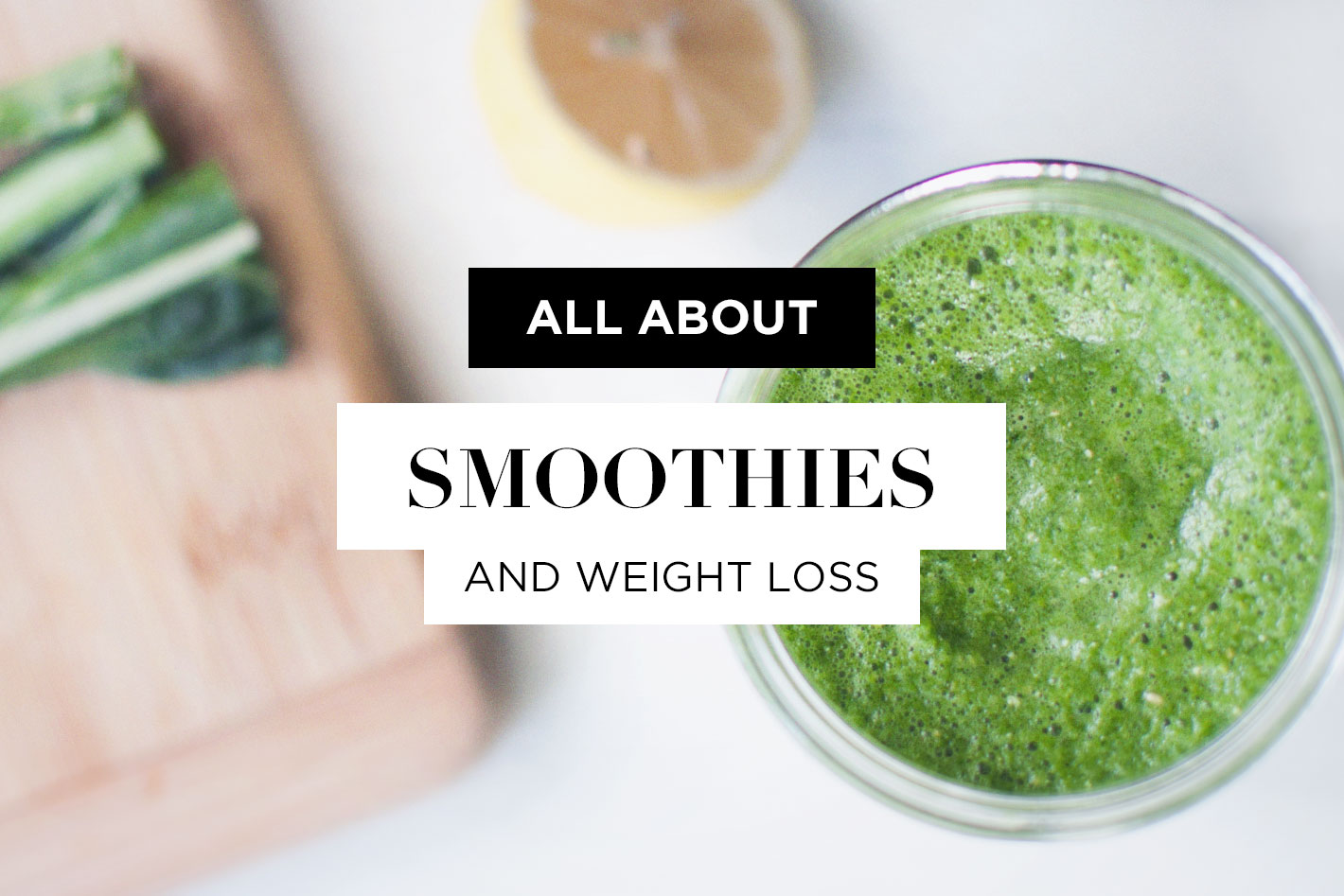
Smoothies can be loaded with nutrients and fiber, but are smoothies good for weight loss? With smoothies being a huge CRAZE these days, from Instagram profiles, to local eateries, to the pre-made versions in your local market, you might hop on the beautiful #foodporn bandwagon and expect a totally different outcome. Ahh the bright fresh vegetables and fruit make you think “light and tight,” right? Not so fast. To help clear up some confusion, we’ll break a few things down (and arm you with a few tools to flex your smoothie A-game). You ready?
What are smoothies?
Typically, smoothies have been a blend of fruit, vegetables, fruit juice and ice, with possible additions of yogurt or ice cream. Born from the early blenders in the 1920’s/1930’s, smoothies were enjoyed long before any of us were born. They were also a big hit in Brazil, but full blown popularity really blossomed in the 60’s and 70’s when small kitchen appliances really gained some traction.
What are smoothies like in 2015?
Everything (and we mean everything) that you see in the recent revival of smoothies is NOTHING new. Even the concept of blending kale with fruit and hemp seeds, has been around for decades. Props and thanks to the proliferation of the Internet, social media, and really amazing recipe books for elevating these cups of goodness.

Smoothies vs. Juices
Before we continue to answer the question: “are smoothies good for weight loss?”, let’s quickly clear up that smoothies are NOT juices.
Smoothies retain fiber from the vegetables and fruit, because it’s all blended up and consumed.
Juices, on the other hand, are the extraction of the liquid from the fibrous walls of the fruits and vegetables. You drink the juice. Then you compost the pulp (or use it for something else). The concept of “juicing” that you hear about, is really about two main concepts: 1) giving your digestive system a break; and 2) getting nutrients to your bloodstream as fast as possible. When it comes to juicing, since you are removing the fiber, it allows your digestive system to take a T.O. (time out) for the most part. And since you’ve removed a few steps of digestion (chewing, swallowing, breaking things down, etc.), the vitamins in the juice are quickly absorbed.
Drink a shot of straight ginger juice and you will see exactly what we are talking about. Natural high!
Similar to “juicing,” when you drink a smoothie, you remove a part of the digestion process (ex: chewing). Pay attention to our tips below. We’ll come back to this in a second.
Are smoothies good for weight loss?
The quickest answer is: it depends! But leaving you with that answer will only leave you feeling like you wasted the last 5 minutes of your life reading this.
Read these quick bullets (bang, bang) to understand some key concepts:
-
NUTRIENTS
Smoothies are a great way for you to consume fruits and vegetables (and all of their nutrients) as quick as possible. Great for “on-the-go” meals!
-
THERE’S MORE TO WEIGHT LOSS
Weight loss (or more specifically, fat loss) occurs when there’s a caloric deficit, in combo with other harmonious efforts: like a balanced hormonal system, macronutrient intake (protein vs. carbs vs fats), sleep, etc.. If you consume more calories in your smoothies than you burn in a day, you might gain weight (or vice versa).
-
LOW CALORIE BACKFIRES
At the same time, if your calories dip too low, for a long period of time, your body will begin to retain fat because it thinks it’s in a starvation or deprivation mode for too long. Low calorie smoothie meals for an extended period of time can unravel your goals quickly. Shoot for green vegetables, healthy fats, and protein in your smoothies!
-
SUGAR!
Smoothies can be loaded with sugar, either from an excessive amount of fruit in the recipe, or the added sugars in protein powders, yogurt, or other dairy/non-dairy additions. Read your almond milk cartons and yogurt containers please!
-
CHEW VS. SWALLOW
Since you are removing a part of the digestion process, and breaking foods down to liquid form, you will be able to consume MORE with less work. You may not be able to EAT 2 cups of kale, a banana, a mango, 3 dates, lemon juice, half of an avocado, and 2 tablespoons of chia seeds in 30 minutes, but watch out! You will probably be able to drink it. This is where smoothies can be dangerous for health goals. When you overload your body with smoothies filled with sugar (fruit included), it is stored in your liver and muscles. Once those reserves are filled up, your body will store the excess. If you live a sedentary life, you probably burn less than you think.
Confused? Overwhelmed? Take a deep breath. It’s just a sign that you are learning something. Now let’s clean up these thoughts. Follow these EASY tools to making healthy, balanced smoothies to support weight loss (vs. weight gain):
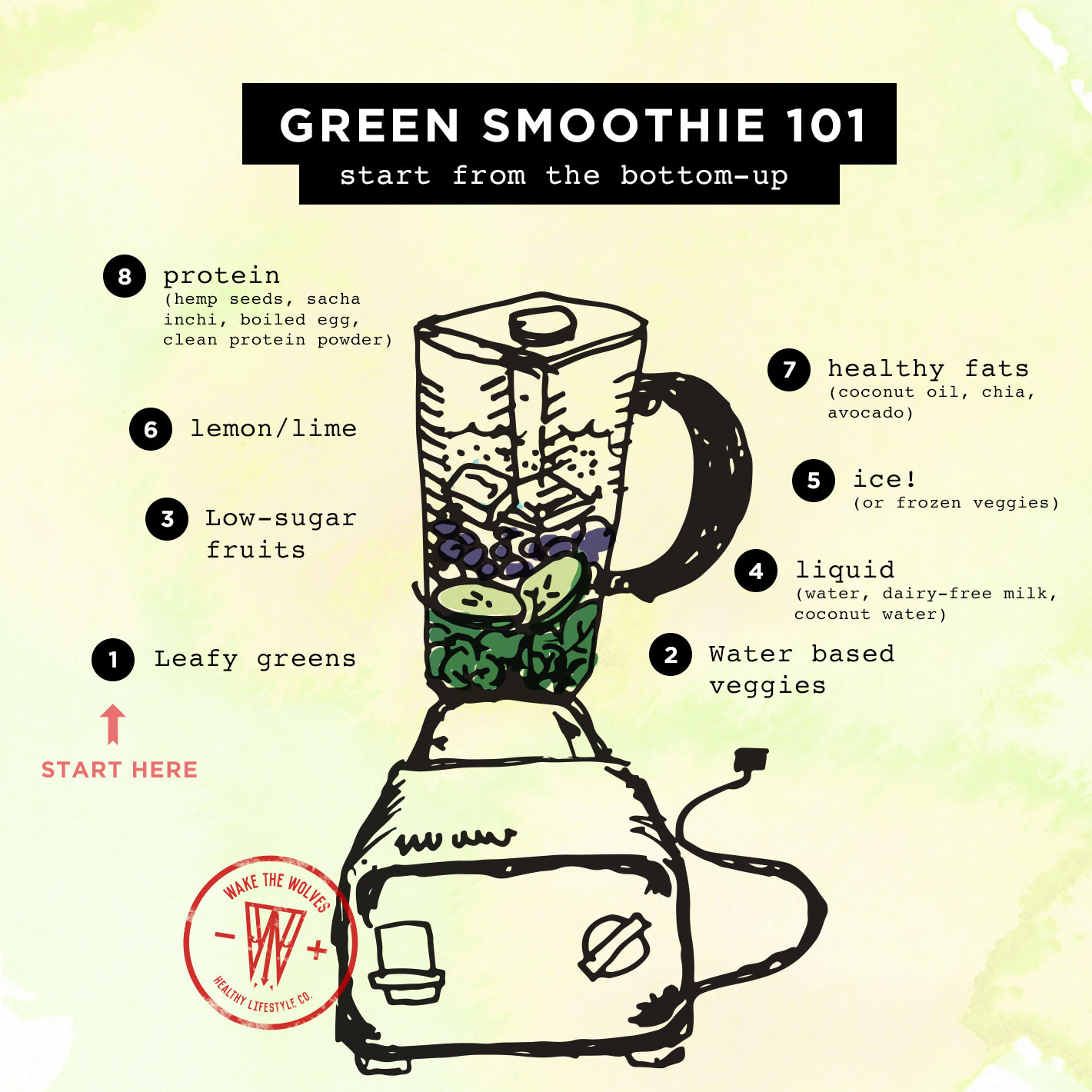
- Let the star ingredients be leafy greens (~ 1 cup: kale, spinach, chard).
- Let your supporting stars be water-based vegetables (~ ¾ cup: cucumber, celery, bok choy).
- If you are adding fruit, stick to low-sugar fruits (~ ½ cup: berries and apples), OR use half the amount of high sugar fruits (~ ¼ cup: mangos, pineapple, grapes, bananas).
- Add your liquid (~ 1 ½ cups: water, dairy-free milk, or coconut water).
- Make it cold by using 5 or so ice cubes, OR freeze your veggies before blending. Smoothies taste better with a slightly chilled temp.
- Cut bitterness (lemon juice, lime juice, small chunk of ginger).
- Add healthy fats (~ 2 T: coconut oil, avocado, chia seeds, nuts).
- If you want to add protein because you are drinking it as a meal replacement, seek out clean protein powders, or throw in a boiled egg. Weird, but it works.
- Avoid adding sugar to your smoothies in these forms: 1) sugar, brown sugar, coconut sugar; 2) honey; and 3) agave.
- Have fun experimenting and keep trying if you make something nasty!
Check out a few recipes in the KALE book below!
Kale. All Day. Err Day.
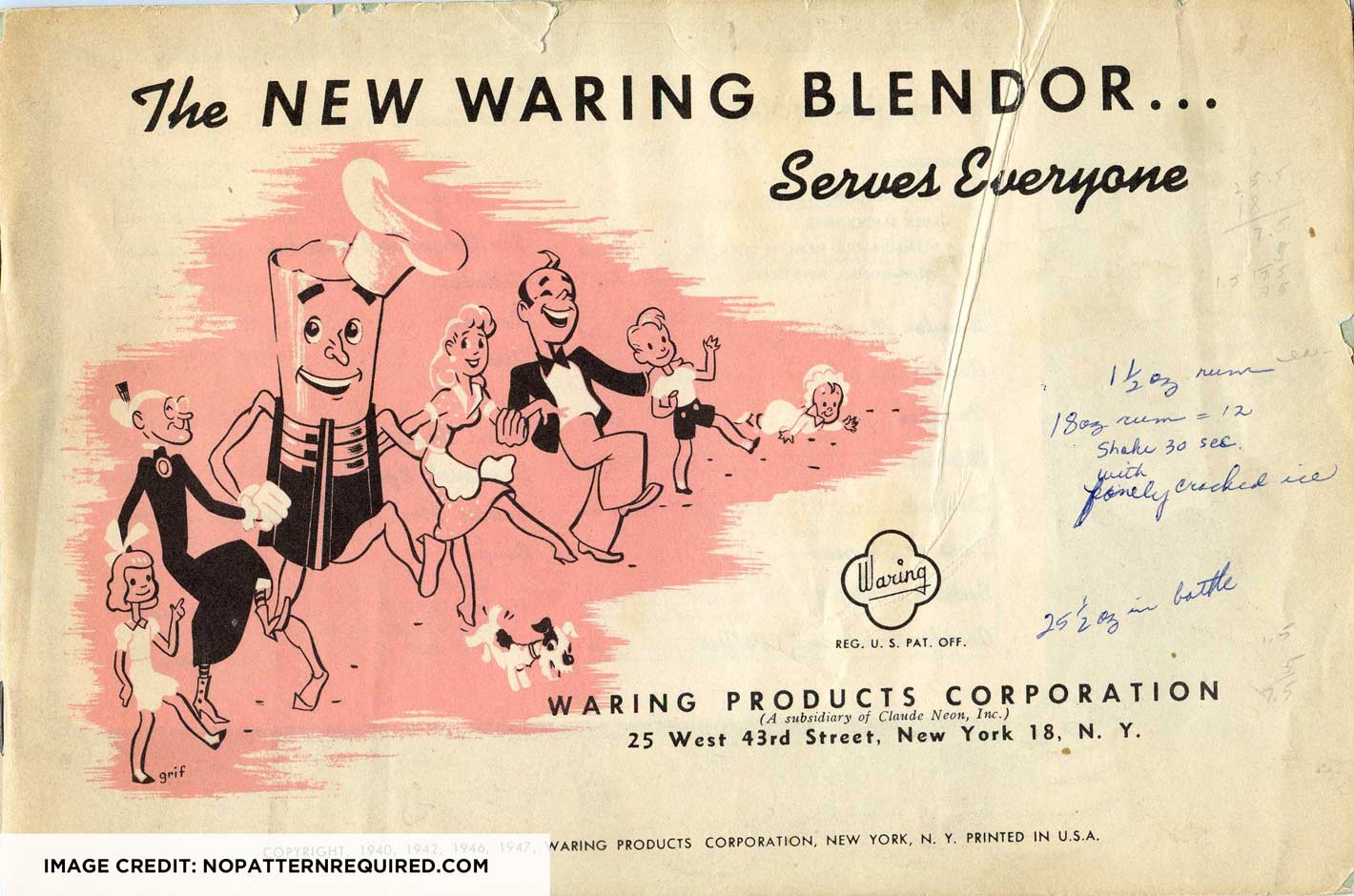
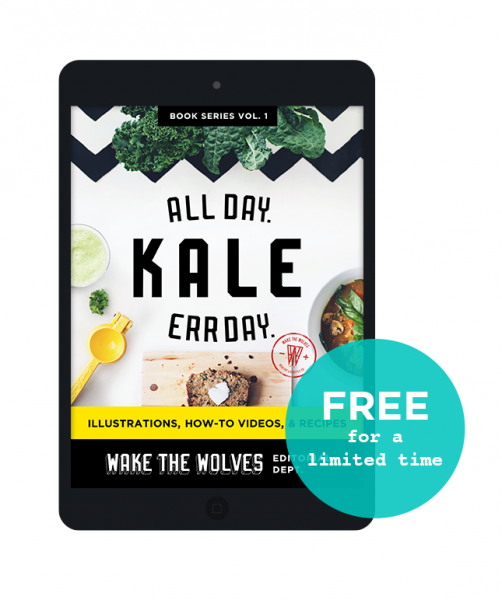
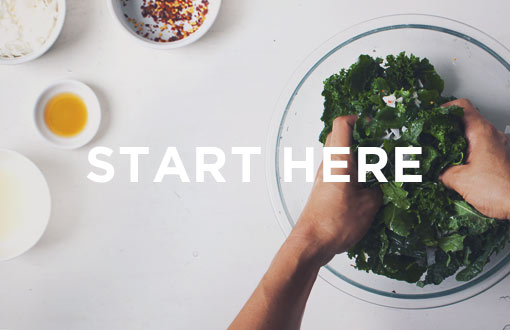
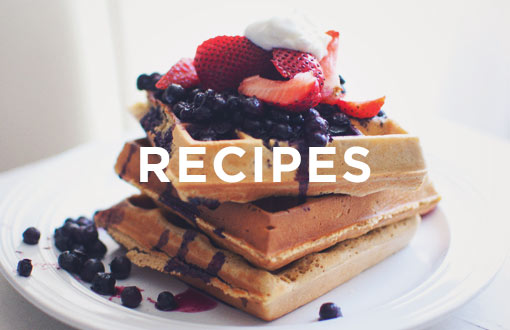
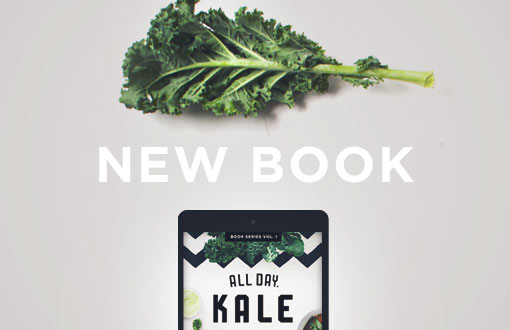




Leave A Reply